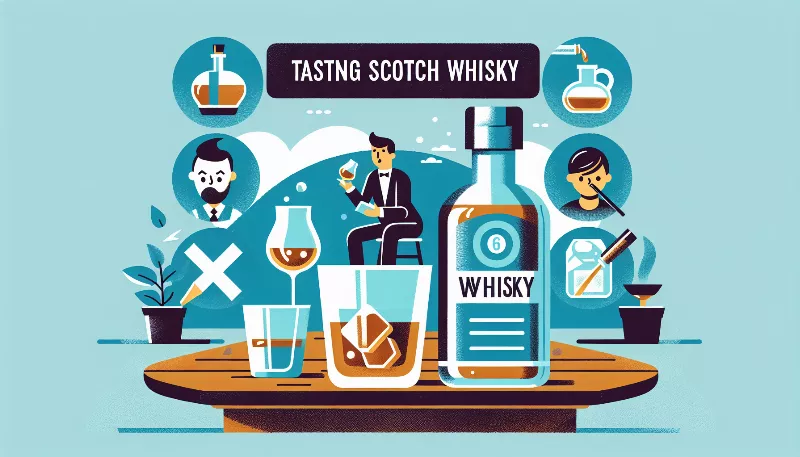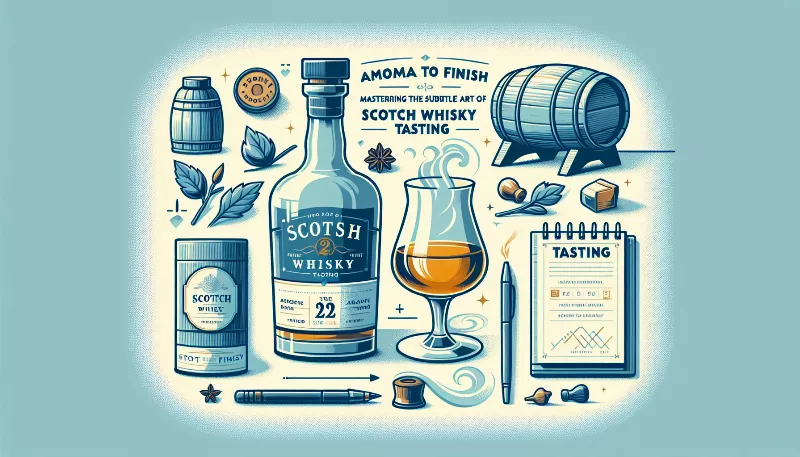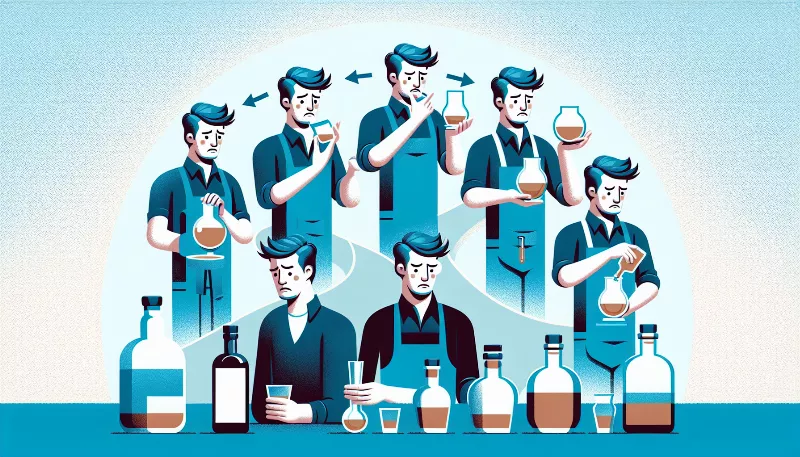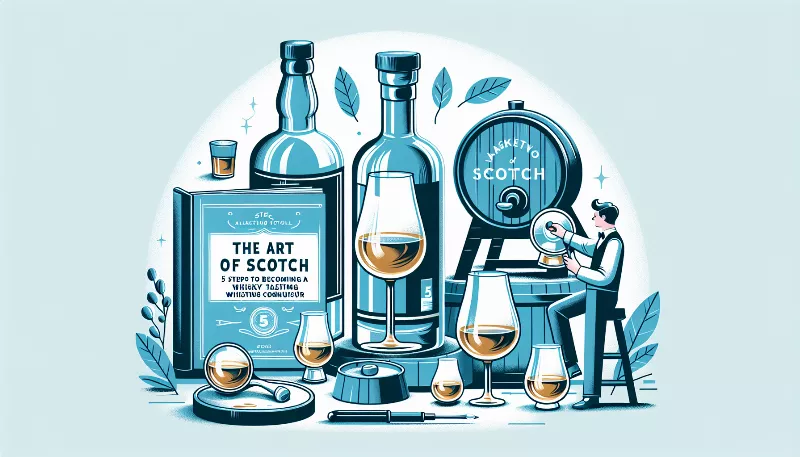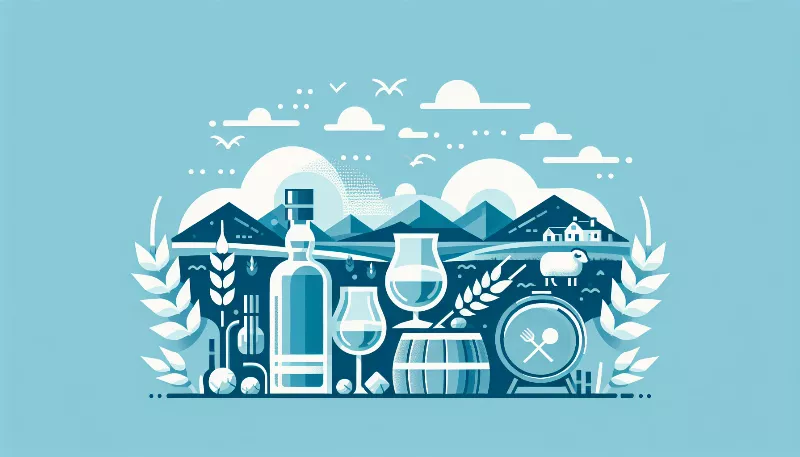The Spirit of Scotland: An Insider's Look into Scotch Whisky Craftsmanship
Discover the art of Scotch whisky with our insider's guide. Explore the traditions, flavors & secrets of Scotland's finest distilleries.
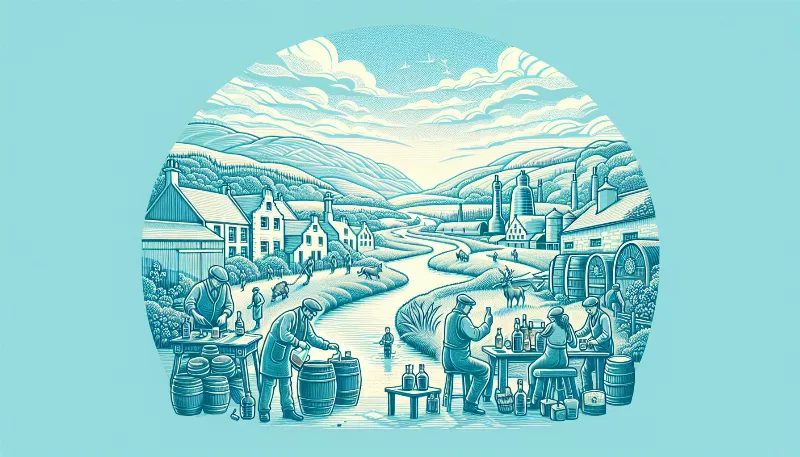
The Spirit of Scotland: An Insider's Look into Scotch Whisky Craftsmanship
Embark on a journey to the heart of Scotland, where the rugged landscapes and ancient traditions give rise to a liquid gold that is revered around the globe. Scotch whisky, often simply known as Scotch, is more than just a drink—it's a proud declaration of Scottish heritage, a testament to the art of distillation, and a symbol of craftsmanship passed down through generations. Let's delve into the world of Scotch whisky and discover what makes this spirit so extraordinary.
The Birthplace of Whisky
Scotland's natural environment plays a pivotal role in the creation of Scotch whisky. The pure waters, peat-rich soil, and cool climate are integral to the character of the final product. Each region of Scotland—from the peaty and maritime Islay to the fruity and floral Speyside—imparts its own unique influence on the whiskies produced there, giving rise to an incredible diversity of flavors and styles.
The Art of Malt and Mash
The journey of Scotch begins with malted barley, which is soaked in water, germinated, and then dried in kilns. This process develops the enzymes necessary for converting the barley's starches into fermentable sugars. The choice of drying techniques, including whether or not peat is used in the kiln, can add distinctive smoky notes to the whisky.
Once malted, the barley is ground into grist and mixed with hot water in a process called mashing. This step extracts the sugars and creates a sweet liquid known as wort. The wort is then cooled and transferred to fermentation vessels, usually made of Oregon pine or stainless steel, where yeast is added. The yeast feasts on the sugars, producing alcohol and a variety of flavor compounds in a bubbling brew called wash.
The Heart of Distillation
Distillation is where the magic truly happens. Scotch whisky must be distilled at least twice in copper pot stills, which are often lovingly maintained and can last for decades. The shape and size of the stills are crucial, influencing the character and purity of the spirit. The first distillation occurs in the wash still, where the wash is heated until the alcohol vapors rise and condense into a liquid called low wines. The second distillation takes place in the spirit still, where the skill of the stillman comes into play, making precise cuts to separate the 'heads' and 'tails' from the 'heart' of the distillate—the purest and finest part of the spirit destined to become Scotch whisky.
Aging to Perfection
Scotch whisky must be aged in oak casks for a minimum of three years, but many expressions are matured much longer. During this time, the whisky develops depth and complexity as it interacts with the wood, breathing in the essence of its cask's previous contents, which could have been bourbon, sherry, or even wine. The aging process is a slow and patient one, with the changing Scottish seasons influencing the rate of maturation and the final flavor profile of the whisky.
The Final Touch: Blending and Bottling
While single malts are celebrated for their individuality, blended Scotch whiskies are masterpieces of balance and harmony. Expert blenders combine malt and grain whiskies from different distilleries, each with its own character, to create a consistent and complex final product. Once the blending is complete, the whisky is bottled, often at a distillery that has been standing for centuries, ready to be shipped and savored by enthusiasts around the world.
In every glass of Scotch whisky, there is a story—a narrative of nature, tradition, and craftsmanship. From the rolling hills and clear streams to the skilled hands that harvest, distill, and age this noble spirit, Scotch whisky is indeed the very essence of Scotland. Slàinte mhath!

